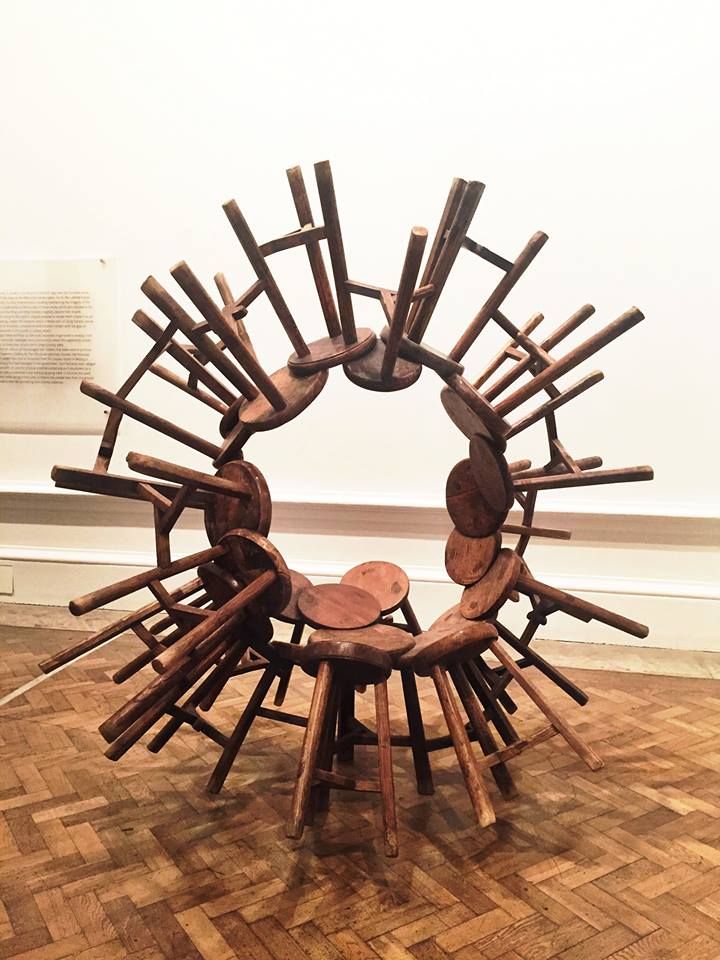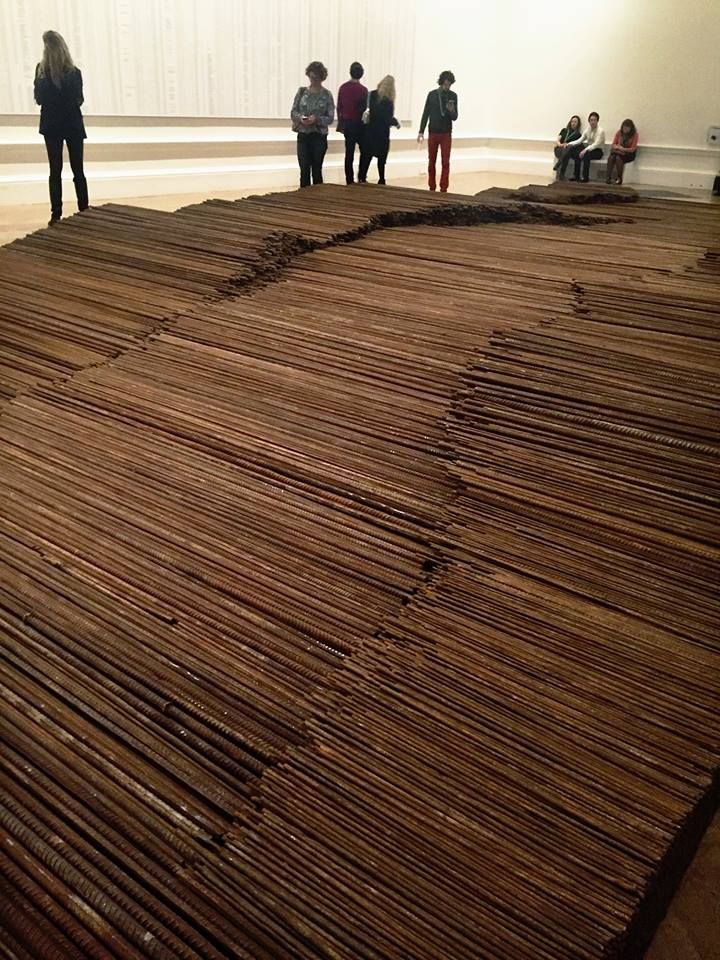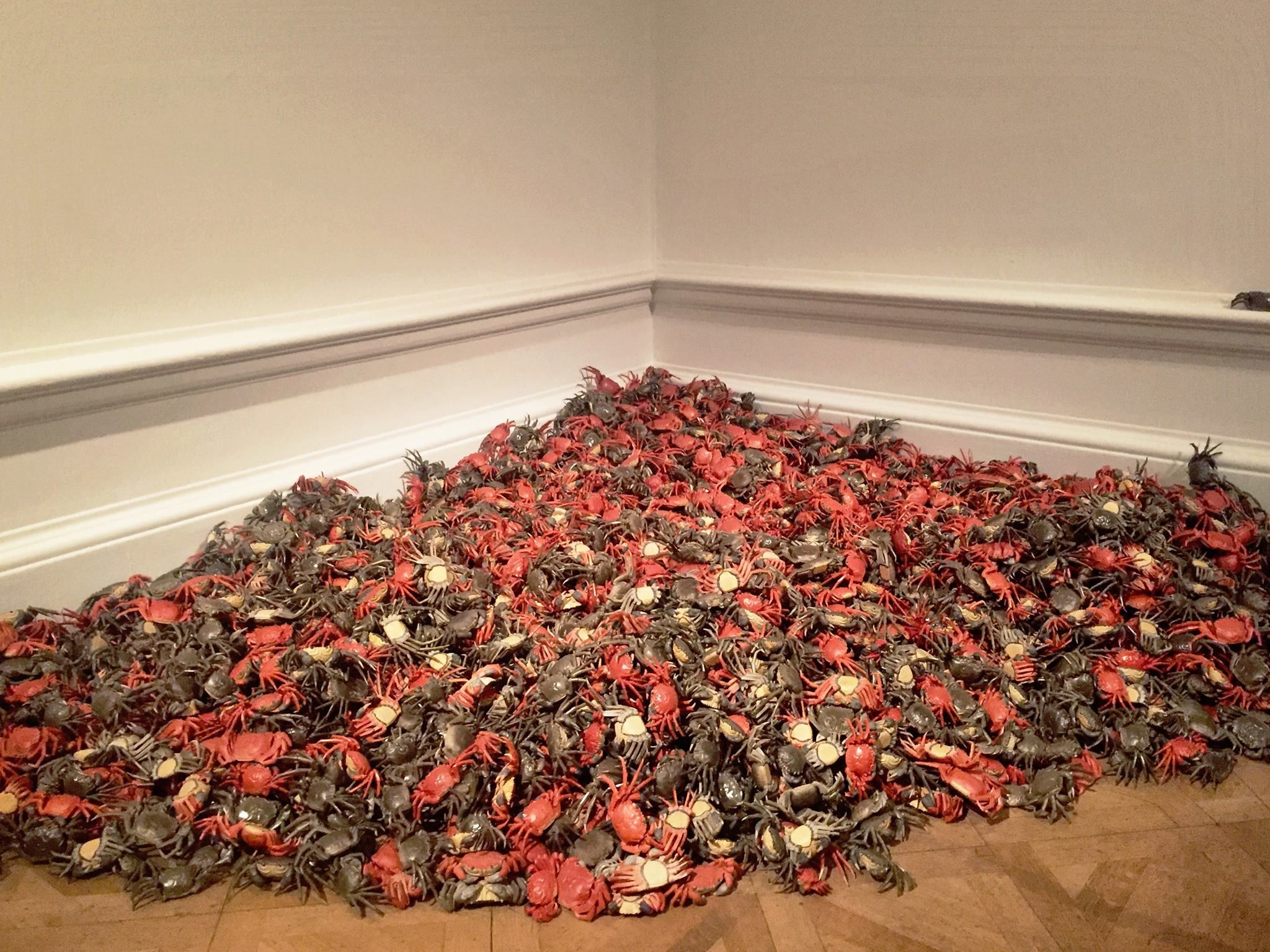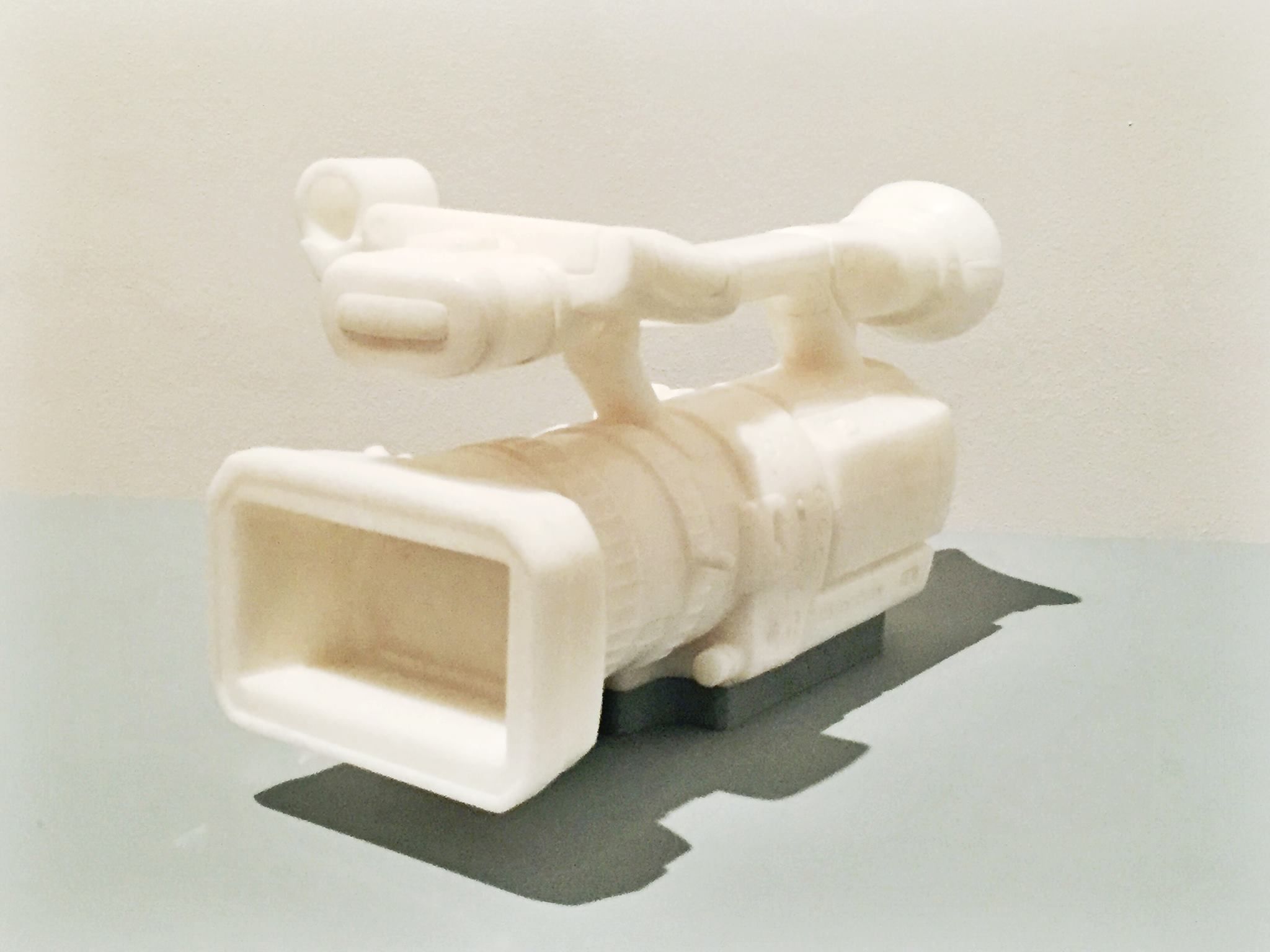Review: Ai Weiwei at the Royal Academy
ByNathalie SooThe Ai Weiwei exhibition held at the Royal Academy in London has been one of the most anticipated art events of the year. The retrospective showcases work made by the Chinese artist over the last 22 years, filling 10 rooms with some of his most famous and ferociously political pieces.
This is Ai’s first major survey after his four-year travel ban from China. Although the artist did much of the show’s planning from Beijing, he was finally granted a six-month British visa and was able to come and place his final touches on the exhibition. Surveillance, imprisonment, deconstruction and reconstruction that pertain to China’s political history, are some of the key themes resonating throughout the show.

Before entering the gallery space, one is instantly confronted with Ai Weiwei’s “Trees” installation, which stands at the centre of the Annenberg Courtyard of the RA. These enormous sculptures are made from fragments of dead trees that have been reconstructed and carefully joined together to resemble eight large individual trees. The installation is a response to the Chinese government’s slogan of ‘One China’ and comes to represent the diversity of Chinese society that has seemingly unified the country.

The spectacle also sees Ai Weiwei transform ordinary objects into conceptual, politically charged thinking pieces. The dissident artist shows us their power by reconfiguring everyday objects, using materials heavily associated with Chinese identity and the nation’s rich imperial history. Grapes (2010), a cluster of twenty-seven Qing stools is one of Ai’s various sculptures that take an anti-communist stance. The work paints a picture of a beautiful past that shows the meeting and unification of souls before China’s Communist takeover.

It is not surprising that Ai managed to fit in the largest and not to mention heaviest sculpture into the RA. Straight (2008-12) is composed of an astounding 200 tonnes of steel rods, which have been straightened to create a structure that commemorates those who were killed and affected by the 2008 Sichuan earthquake. Surrounding the work is a list of schoolchildren names who were known to have died from the disaster.

Much of Ai’s work is humorous and purposefully paradoxical in its meaning and message. He Xie (2011) does just this, as the artist plays on the dual meaning of the Chinese word. “He xie” can mean both “river crab” and “harmonious” which is emblematic of how the Chinese government wants the nation to be perceived. At the corner of one room are hundreds of grey and rather sprightly orange coloured porcelain river crabs piled and scattered on top of one another. The work is representative of the destruction of his studio in Shanghai and his arrest in 2011.

The notion of surveillance is a constant and persisting theme within the exhibition. In the second last room, 6 giant boxes fill the space. Next to them are small platforms that people can step up on in order to look inside the box. Here, Ai recreates scenes from his 81-day imprisonment, where he was not allowed to be more than a metre away from a prison guard at all times. S.A.C.R.E.D (2014) exposes a stint of his subjugating experience and gives one an idea of what it is like to be constantly watched.
Altogether, it is difficult to digest and apprehend the great deal of work on display. It is evident that Ai Weiwei tests the limits of his materials. With his clever and witty transformation of them he is able to convey powerful and controversial political messages. As one of the most fearless and contentious artists, Ai’s work never ceases to amaze as he continually shocks his audiences. The spectacle is one that should not be missed and is on display at the Royal Academy until 13 December 2015.
1 December 2015
Any views or opinions in the post are solely those of the authors and do not necessarily represent the views of the company or contributors.